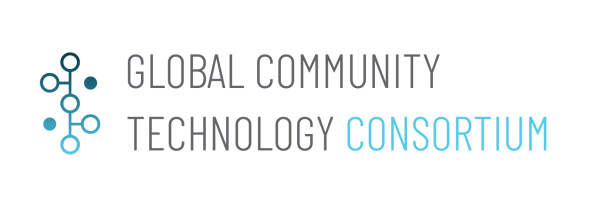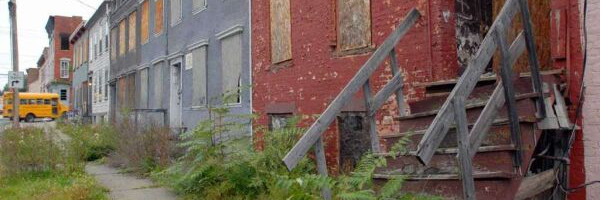Combating Urban Blight in the New York Capital Region and Mohawk Valley
| Combating Urban Blight in the New York Capital Region and Mohawk Valley | |
|---|---|

| |
 Urban Blight | |
| Team Organizations | City of Schenectady NY University at Albany |
| Team Leaders | Gary McCarthy Meghan Cook Derek Werthmuller |
| Participating Municipalities | City of Schenectady NY |
| Status | Launched |
| Document | None |
Description
Urban blight is a city and regional level problem that impacts social and economic opportunities, among others, of those who live and work in cities. This project is focused on piloting a shared policy, management, and technology infrastructure that will allow four cities within the NYS capital region to share information about properties in a way that enables new insights into and action focused on urban blight. With funding from the NYS Department of State, the Cities of Schenectady, Troy, Amsterdam, and Gloversville have partnered with the Center for Technology in Government (CTG), University at Albany, to develop the technical, policy, and organizational capabilities needed within and across the cities to interrupt the cycle of blight in their communities. The results of the pilot will be made available for application regionally and statewide. Future work will include integrating additional data types (e.g. video) and sources (e.g. sensor technologies).
Challenges
- Working across local government boundaries to identify and agree on definitions of key concepts and tasks, critical data elements, business rules, and data sharing terms and conditions, among other critical agreements
- Building the technical, organizational, and managerial capability to collect, manage, use, and share this information within each of the cities
- Gaining access to information that is largely held by financial institutions and organizations outside government
- Ensuring fitness of use of data, i.e., addressing data quality considerations
- Identifying and mitigating privacy and security challenges
Solutions
{{{solutions}}}
Major Requirements
- Assess technical and organizational capabilities of the cities to collect, manage, use, and share information about properties and property owners
- Address the technical and organizational capabilities of the cities to collect, manage use, and share information about properties and property owners through new system procurements (and implementation), standardization, and information sharing across cities
- Align data, gather technical requirements, and develop governance and membership models for the regional shared resource
- Pilot regional shared resource
- Set up mechanisms to continue to cultivate knowledge and information sharing among government, nonprofit, and private sector communities in NYS, as it related to using information to address blight
Performance Targets
| Key Performance Indicators (KPIs) | Measurement Methods |
|---|---|
|
|
Standards, Replicability, Scalability, and Sustainability
In developing the Regional Shared Resource we will:
- work towards promoting standard code enforcement related business process across the participating cities,
- develop baseline indicators to identify and define the most problematic property owners within the cities, and
- develop building code data sharing standards.
In order to replicate, scale, and sustain the building code information sharing system, the project will produce a governance model for decision making, data sharing agreement templates, membership protocols, and the technology and policy requirements needed for additional cities to adopt the system.
Cybersecurity and Privacy
{{{cybersecurity}}}
Impacts
- Increased economic viability of blighted communities
- Increased tax revenue from taking new action on blighted properties
- Increased productivity, efficiency, and revenue by building code enforcement departments
- Improved property management and neighborhood development
Demonstration/Deployment
Phase I Pilot: Build technical and organizational building code enforcement capabilities within each of the cities so each can increase the efficiency and effectiveness of their own code enforcement environment
Phase II Deployment: Develop and test the technical, data, and policy foundation of the multi-city building code enforcement information sharing system.
Future Development: Identify additional data sources to include those from sensor technologies that can be integrated into the building code information sharing system (e.g. sensors on LED street lights in the City of Schenectady).